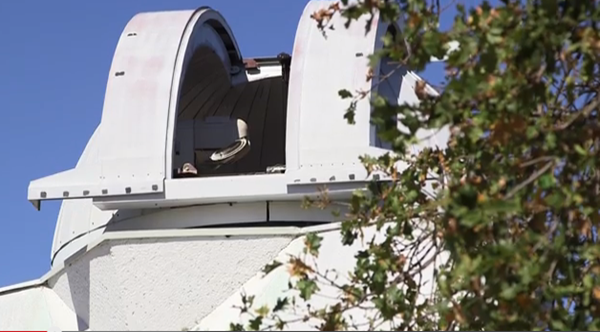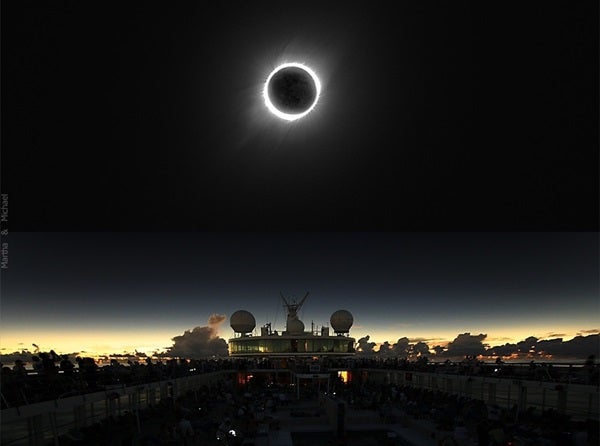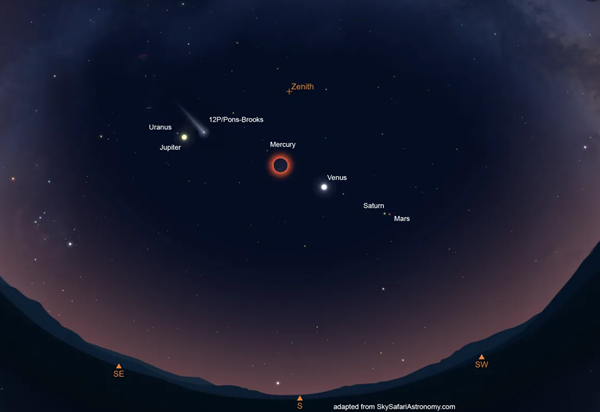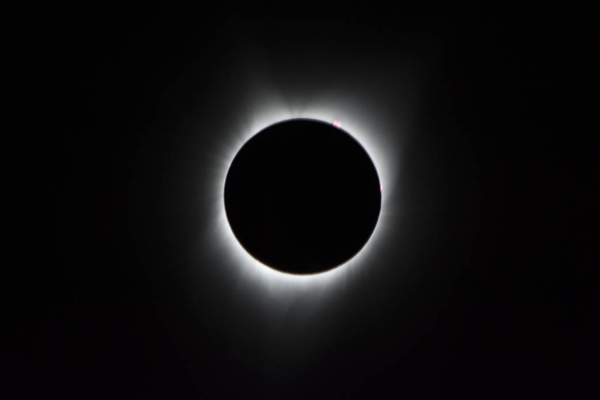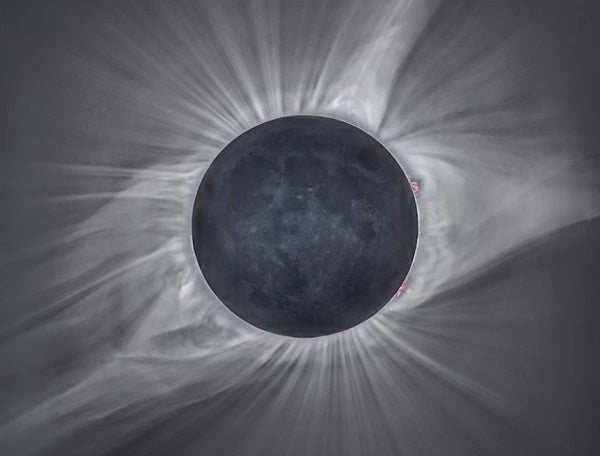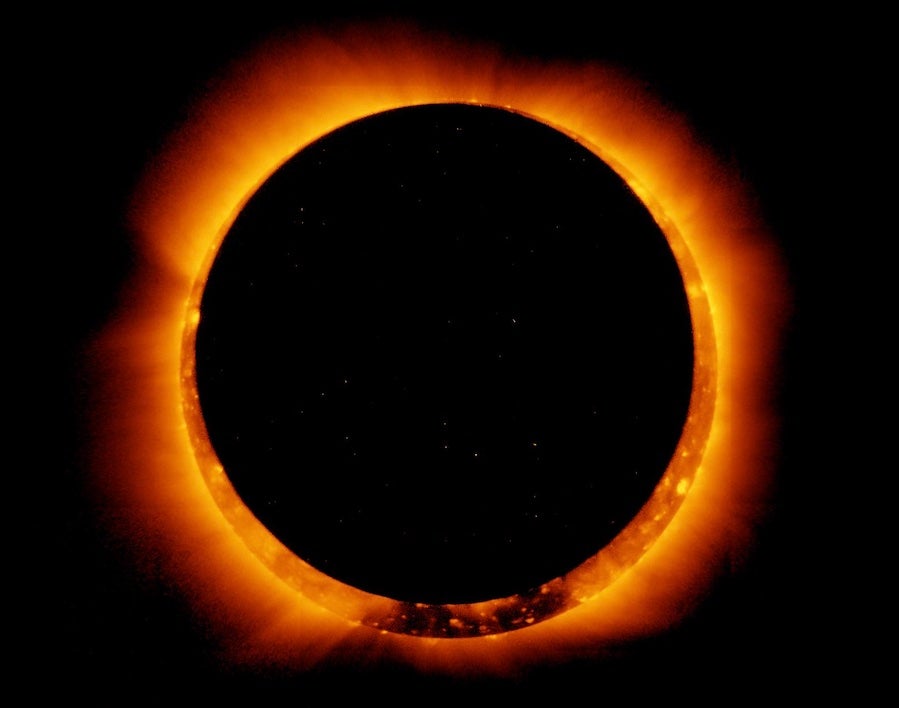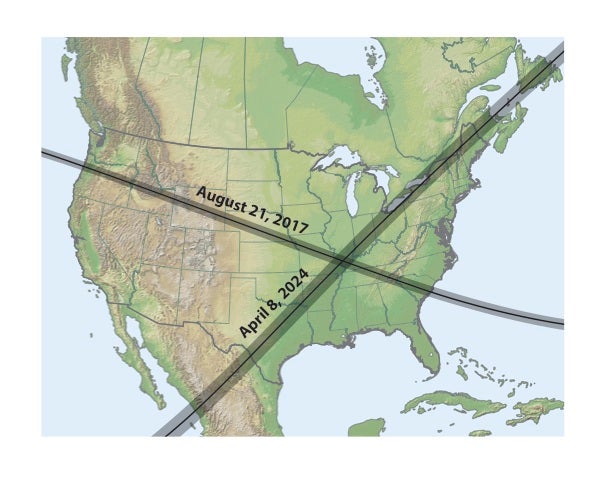Although the exact internal mechanism that drives the shift is not entirely understood, researchers at Stanford’s Wilcox Solar Observatory have monitored the Sun’s magnetic field on a daily basis since 1975 and can identify the process as it occurs on the Sun’s surface. This will be the fourth shift the observatory has monitored.
New polarity builds up throughout the 11-year solar cycle as sunspots — areas of intense magnetic activity — appear as dark blotches near the equator of the Sun’s surface. Over the course of a month, a sunspot spreads out and gradually that magnetic field migrates from the equator to one of the Sun’s poles.
As the polarity moves toward the pole, it erodes the existing opposite polarity, said Todd Hoeksema from Stanford in California. The magnetic field gradually reduces toward zero and then rebounds with the opposite polarity. “It’s kind of like a tide coming in or going out,” Hoeksema said. “Each little wave brings a little more water in, and eventually you get to the full reversal.”
The effects of this event are widespread: The area of space where the Sun’s magnetic field exerts its influence — called the heliosphere — stretches well beyond Pluto near the edge of interstellar space. The Sun is also typically at the peak of its activity during a magnetic field reversal, which, in addition to an increased number of sunspots, is marked by a surge in solar flares and mass ejections.
The Sun’s changing magnetic field and the bursts of charged particles can interact with Earth’s own magnetic field, one manifestation of which is a noticeable uptick in the occurrence and range of auroras. Earth’s magnetic field can also affect major electronic systems, Hoeksema said, such as power distribution grids and GPS satellites, so scientists are keen to monitor the heliosphere.
“We also see the effects of this on other planets,” Hoeksema said. “Jupiter has storms, Saturn has auroras, and this is all driven by activity of the Sun.”
Because Wilcox has been operating for so long and with minimal changes to its detecting devices, it has produced one of the most complete and detailed records of daily changes to the Sun’s global magnetic field. An interesting feature of the current transition, Hoeksema said, is that the Sun’s hemispheres are changing at different rates. The northern hemisphere flipped this summer; the southern hemisphere should flip in the near future.
Hoeksema and his colleagues have also noticed that the strength of the magnetic fields at the poles measured two or three years ago were only half what they usually are at the solar minimum. This indicated that the upcoming solar cycle would be weak as well, which is being borne out in current measurements.
“What happens in the next cycle will be interesting,” Hoeksema said. “Technologically, it’s something we need to pay more attention to as time goes on.”

